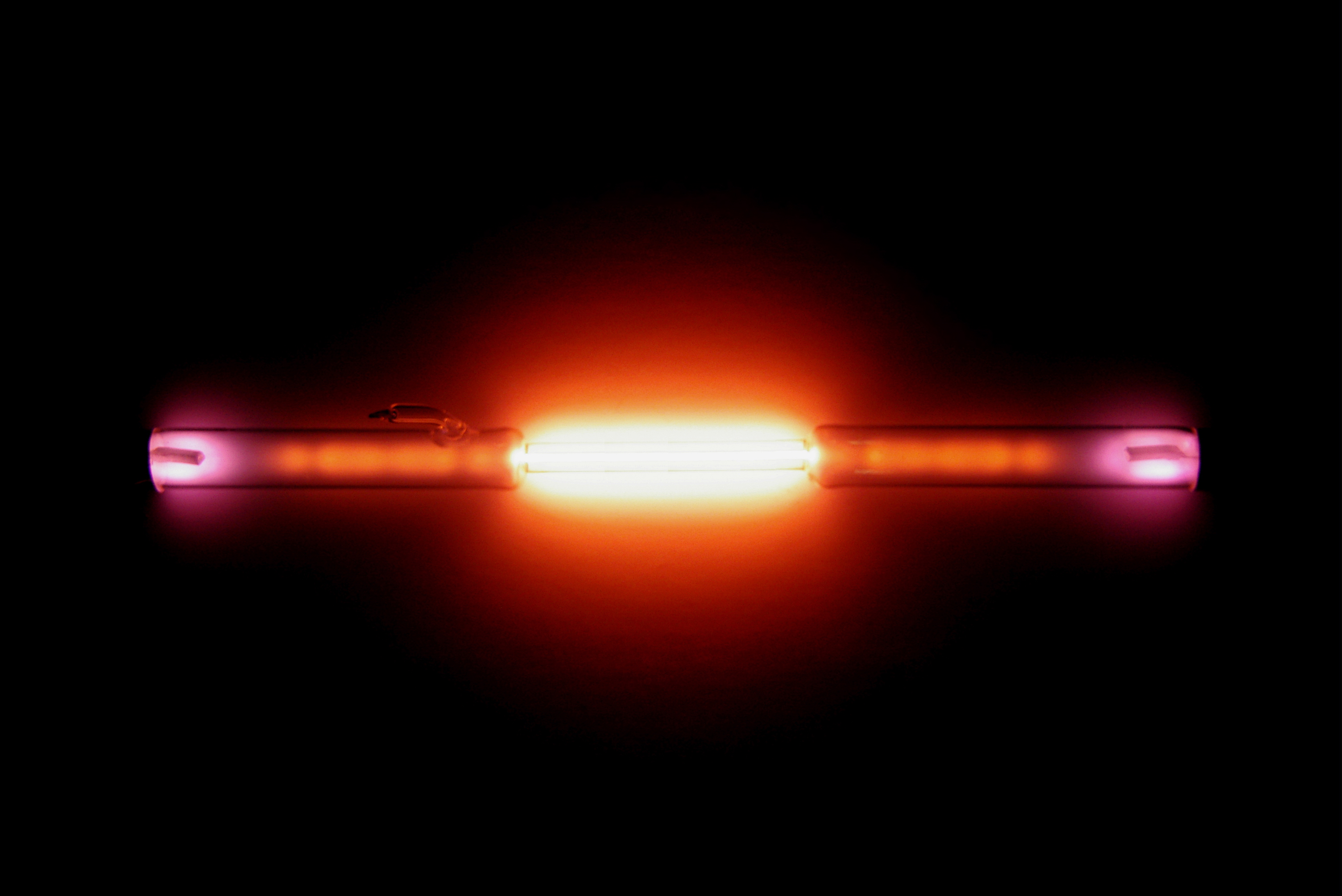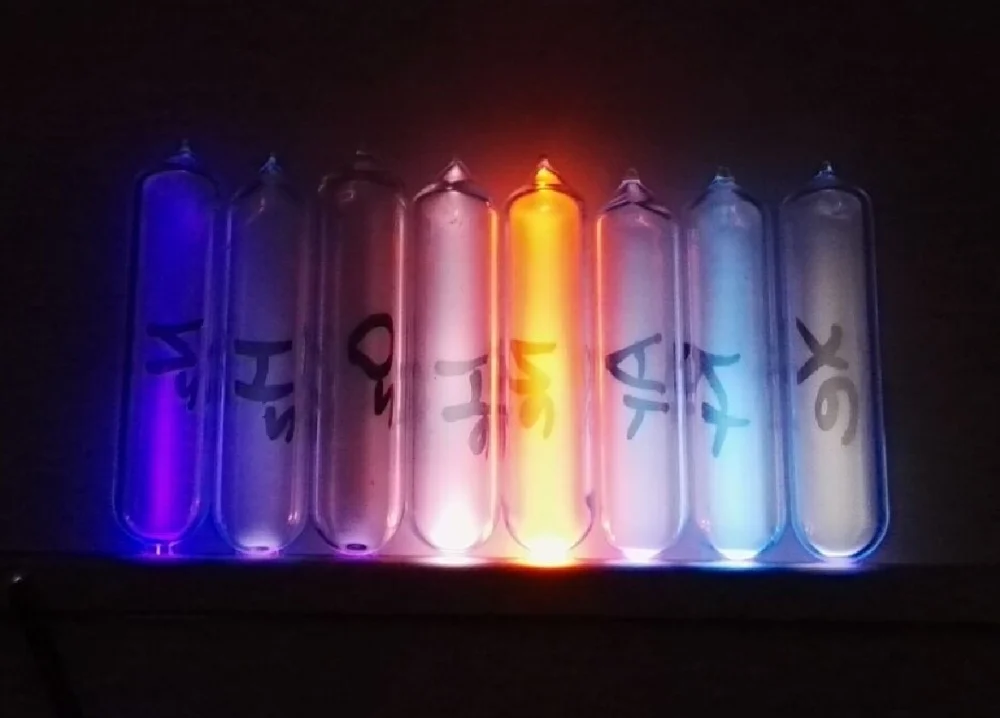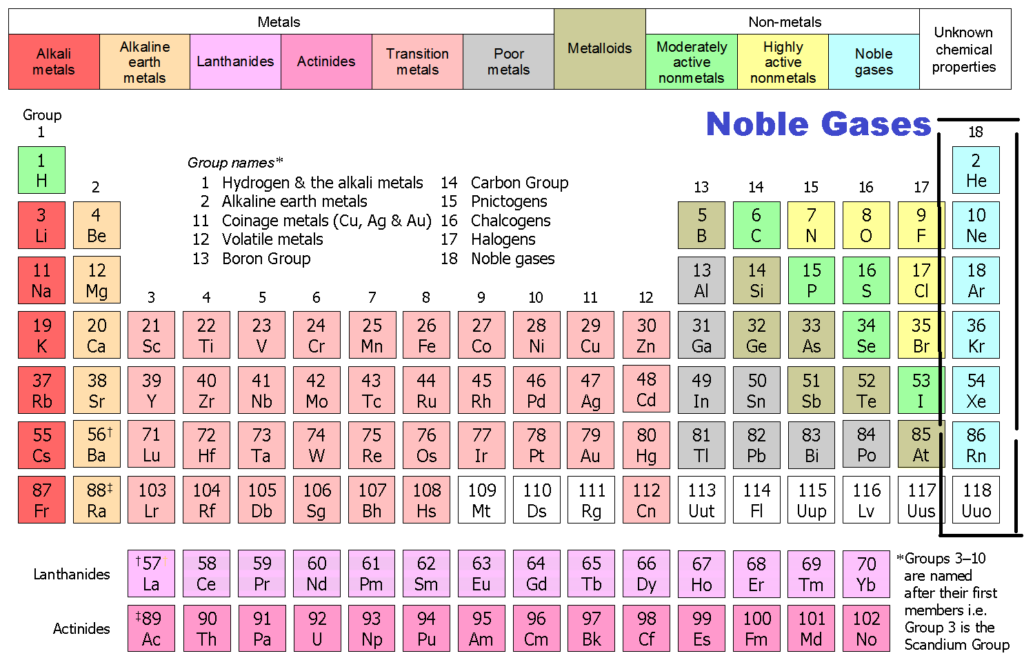Helium, the most noble of the noble gases, long thought to be completely inert and thus too standoffish to bond with other atoms, recently surprised chemists by forming chemical compounds after all.
Last year scientists reported producing the compounds—crystals made of sodium and helium atoms—but could not understand how they formed. Now a new team of researchers has offered an explanation: Helium manages to combine with other atoms without making any chemical bonds—that is, without sharing or exchanging any electrons. The element does this by shielding positively charged atoms from each other, acting as a buffer between their repellent charges. “They have proposed an explanation, and I like it,” says Artem Oganov, a chemist at the Skolkovo Institute of Science and Technology in Russia and leader of the group that initially discovered the helium compounds. “This model is predictive and it explains all the observations we have so far.”
Helium was the first element that was not discovered on Earth. Helium, along with neon, argon, krypton, xenon, and radon, is an inert gas (also known as a noble gas) – that is, it does not normally react with other elements to form chemical compounds. Unlike most of these, however, helium is, at least for us, a very common gas. The six naturally occurring noble gases are helium (He), neon (Ne), argon (Ar), krypton (Kr), xenon (Xe), and the radioactive radon (Rn). For the first six periods of the periodic table, the noble gases are exactly the members of group 18. Helium is the lightest noble gas and the second most abundant element (after hydrogen) in the universe. (a)The radius of a helium atom is 3.1 × 10-11 m; the radius of its nucleus is 2.5×10-15 m. What fraction of the spherical atomic volume is occupied by the nucleus.
The compounds are stunning because scientists had thought helium extremely unlikely to combine with other atoms. This is because a helium atom is loath to give up its two electrons, which perfectly fill its only electron shell. Every atom has such shells, which hold specific numbers of electrons and structure these negatively charged particles around the atomic nucleus. Atoms prefer their shells to be totally full, and will bond with other atoms that can take or give an extra particle or two to fill out a shell. Elements with shells that are already full and have no electrons to lend are called noble gases—and helium, the smallest of these, is considered the most inert. “And then came this wonderful work last year,” says California State University, Northridge, chemist Maosheng Miao, leader of the team that offered the new explanation. Miao’s graduate student, Zhen Liu, was lead author of the paper, which was published March 5 in Nature Communications. “They found that if you put sodium and helium together and compress it to pressures like at the center of the Earth, sodium can actually react with helium and form stable compounds.” At first some scientists thought helium might be sharing electrons after all. But Miao’s team suggested an alternative explanation: Maybe helium is not giving or receiving any electrons, but is somehow combining with sodium anyway.
High-enough pressure can crush a collection of sodium atoms to the point that the extra electron on each atom gets squeezed out, turning all the atoms into positively charged ions. Each ion then repels all its neighboring ions, because like charges push against each other. Miao and his colleagues reasoned that if helium atoms could come and sit in between sodium ions, the distance between the positive charges would increase—and the repulsive energy would lessen, stabilizing the material. “I think this is the first time ever that there’s no chemical bond involved, and yet you can form a stable compound,” Miao says. “Very clever work,” says Roald Hoffmann, a Cornell University chemist who was not involved in the research.
Based on their hypothesis, Miao’s team performed exhaustive computer calculations using the quantum mechanical laws governing each atom, and found that indeed such compounds should work. “It was exciting that the idea turned out to be correct in the computations,” says Eva Zurek, a chemist at the University at Buffalo, S.U.N.Y., and a member of the team. “We could also predict new compounds that have not been studied previously.” The scientists hope experimentalists will try to create the new compounds, which include combinations of helium with magnesium fluoride and calcium fluoride.
The discovery may also have implications for the composition of elements thought to exist deep inside our planet. Scientists had thought helium, lacking a way to bond with other elements, could not possibly be locked away inside Earth’s rocks. “Now it becomes increasingly clear that this is a gross oversimplification,” Oganov says. “Even helium, the most inert of all, is not actually as inert as we thought. It can actually form stable compounds and be retained in the Earth’s mantle.”


A Noble Gas Is Least Likely To

Noble Gas Electron Configuration Example
In the future chemists would like to find more general rules to predict when such unusual molecules could arise, because under high pressure many of the normal laws of chemistry do not apply. “This is a weird kind of chemical bonding,” says Richard Dronskowski of RWTH Aachen University in Germany, a collaborator on the team that discovered the sodium–helium combination. “If you think about it for a while, everything’s perfectly reasonable but you don’t expect it at the beginning. It’s fascinating.”


